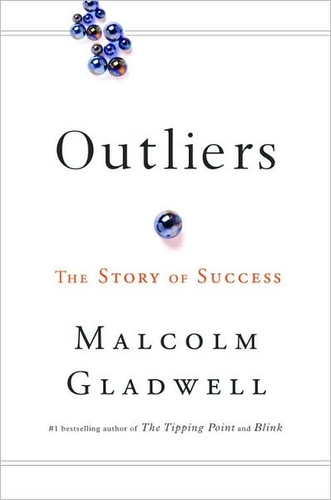
3) I wrote a post a little while back about using common sense to make decisions with training and how you can't always use peer-reviewed research to guide your programming. Well Alwyn Cosgrove does a much better job of this than I ever could, so check out this link and scroll down to "Training to Maximize Fat Loss" for a great read on the subject.
4) Along those same lines, I think it's important to actively question and challenge the "norms" that we hear about every day. Recently, I wanted to check on a new clients ankle mobility as she was having trouble performing body weight squats without turning her toes out. As I put her on one knee, and asked her to push her knee as far over her toes as she could, she smiled and said "you're never supposed to over-extend your knee over your toes." She was an exercise science grad who had been told by several teachers in her program how awful this was for your knees. And as most students do, she simply accepted the information that her professors had given her. Well I convinced her that she wouldn't explode if she did this and sure enough she lacked significant mobility in her left ankle.
There are so many examples of this where professors are just doing their job. They read research (which is generally 5+ years behind practice) and they hear different things second-hand (because they don't actually work in the trenches to see what works and what doesn't) and they pass along information that students accept as gold. So next time you hear something, instead of just repeating it (Mike Boyle says there are way too many "parrots" in the industry), try to think it through and decide for yourself!
Have a great start to the week,
Jon




